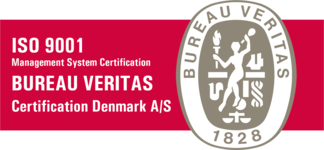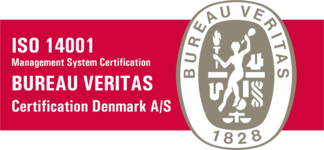
In temperature-controlled logistics, meeting compliance standards is the starting point—not the end goal. The most successful companies don’t just meet regulations; they exceed them by following best practices that unlock stronger margins.
Cold chain best practices aren’t legally required, but they consistently deliver commercial value. Whether you manage food, pharmaceuticals or frozen goods, investing in tighter controls leads to fewer disruptions and more profit.
This is how you build a better business.
Doing the bare minimum costs more than you think
Knowing isn’t the same as doing. Many businesses understand compliance risks but still struggle to fully commit due to cost pressures, operational complexity or outdated processes.
This is despite the likes of Good Distribution Practice (GDP), Hazard Analysis and Critical Control Points (HACCP) and sustainability mandates keeping a closer eye and enforcing a tighter grip on cold chain operations. Failure to comply can mean tens of thousands to multi-million-pound penalties, plus custodial sentences.
Following best practice doesn’t just minimize compliance risks — it transforms your cold chain from a cost center into a competitive edge. Greater control means sharper performance and stronger margins.
Best practice builds competitive advantage
End users expect more from the cold chain, as well as fear the consequences of a weak link—such as food-borne illnesses, ineffective medicine or environmental guilt.
By embedding best practice across your operations, you can:
- win higher-value contracts that demand robust logistics
- build customer loyalty through consistent delivery
- reduce waste and improve your bottom line
- create a more resilient, future-ready supply chain
It’s not just about avoiding financial losses. It’s about creating customer value.

Best practice means better returns
Around the world, bodies like the Cold Chain Federation, Global Cold Chain Alliance and PIC/S are setting the standard for what good looks like in cold storage, transport and handling. Their guidelines cover everything from refrigeration efficiency to shipping protocols.
The impact? Lower energy costs, reduced spoilage, fewer recalls, and stronger ESG scores. Companies that follow best practice don’t just stay compliant — they win more tenders, retain more customers, and build trust with regulators and global clients.
Five cold chain practices that protect revenue
To make profit from precision, the cold chain should have sound investments in:
1. Real-time temperature monitoring
Real-time data alerts you to temperature issues before they cause damage. You can take immediate action, protect stock and give customers peace of mind.
Imagine: A pharmaceutical company is shipping biologic injections at 2–8 °C to outpatient infusion centers in GPS-enabled containers. These stream live temperature and location data. Should the temperature drift by ±0.5 °C, dashboard alerts tell drivers to divert to the nearest validated site.
The outcome? Reduced product loss, fewer complaints and longer-term contracts based on performance.
2. Validated storage and transport
Using certified equipment helps you maintain temperature stability across every stage. That’s critical for sensitive goods and for clients who expect traceability.
Imagine: A ready-meal producer switches from legacy reefers to ISO 23412-certified units for both on-site holding and outbound line-haul transport. Thanks to calibration certificates and HACCP-aligned cleaning logs, customers can audit in seconds.
The outcome? Fewer equipment failures, lower risk, stronger audit results and more reliable deliveries.
3. Contingency planning
When things go wrong—traffic, power cuts, equipment issues—you need a backup plan. Clear protocols keep goods safe and deliveries on time.
Imagine: A supermarket chain fits its micro-fulfilment centers with auto-switch battery packs and diesel gensets. If there is a power outage, the system cuts in within 15 seconds and holds −22 °C for eight hours, and inbound deliveries are automatically rerouted to the nearest powered site.
The outcome? Lower wastage, fewer missed deadlines and better protection for customer relationships.
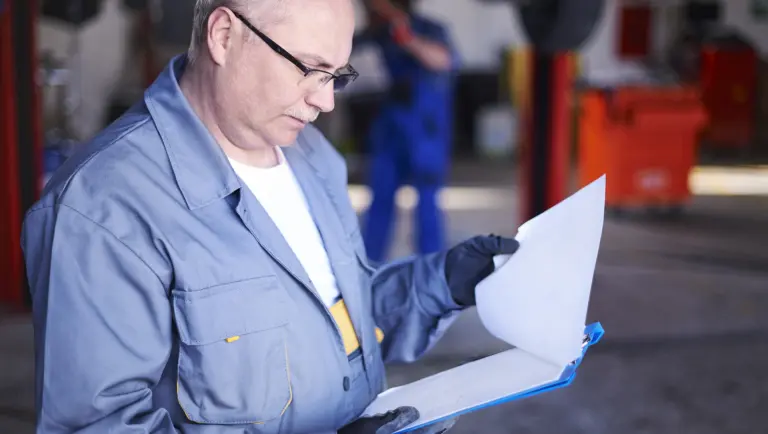
4. Regular audits and inspections
Scheduled checks help you catch problems early. You can fix them before they disrupt operations or lead to stock loss.
Imagine: A national logistics provider operates portable cold-storage reefers at regional cross-dock sites. A quarterly “container health day” sees field engineers pressure-test door seals and floor drains, resulting in a technician’s sign-off certificate for clients’ peace of mind.
The outcome? Reduced downtime, more predictable maintenance and cleaner audit results.
5. Use of data loggers
Data loggers provide traceable records that prove products have been kept within the right temperature range. They support audits and improve supply chain transparency.
Imagine: An outdoor events caterer rents portable cold rooms fitted with EN 12830-compliant data loggers for a week-long festival. At handover, the organizer receives a record of minute-by-minute temperature proof for every day of service.
The outcome? Faster regulatory approvals, stronger client confidence and better decision-making.
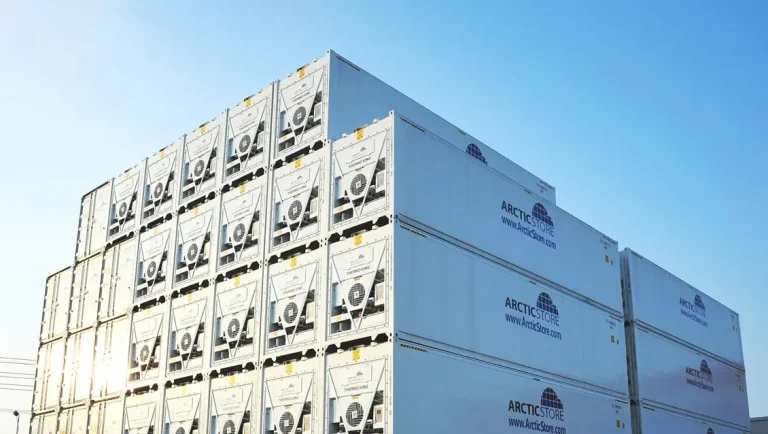
Case study: making room for compliance with TITAN Containers
One of TITAN Containers’ clients in central London needed more cold storage—but had no space to build. Their two ageing containers were poorly insulated, hard to access, and failed to meet safety standards. On top of that, the containers did not support the company’s ISO 14001 environmental goals.
TITAN delivered a modular fix: modern, stackable ArcticStore units with dual cooling, real-time monitoring, escape hatches, and efficient doors.
The results?
- Full alignment with ISO 14001 goals
- Zero need for new construction
- Improved safety and daily operations
With TITAN, a cramped site became a compliant, high-performing cold storage hub.
The cost of standing still
Still not convinced? Yes, following best practice takes investment but doing nothing could come at a much higher price.
You’ll face:
- rising operational costs from inefficiency and rework
- more downtime due to reactive maintenance
- lost business due to performance gaps or poor audit results
- less agility when regulations or customer expectations shift
Standing still isn’t staying safe. It’s falling behind the pack.
Final word: best practice makes business sense
Cold chain storage is an environment where precision matters. The businesses that prioritize control, data and planning don’t just reduce risk—they improve performance.
Best practice isn’t about doing more work. It’s about doing the right work, at the right time, with the right tools. It protects revenue, strengthens margin and sharpens your competitive edge.
In cold chain, best practice is best business.
Take the next step — talk to our experts.
See how the right cold storage strategy can strengthen your operations and reduce costs.
See more UK news and blogs
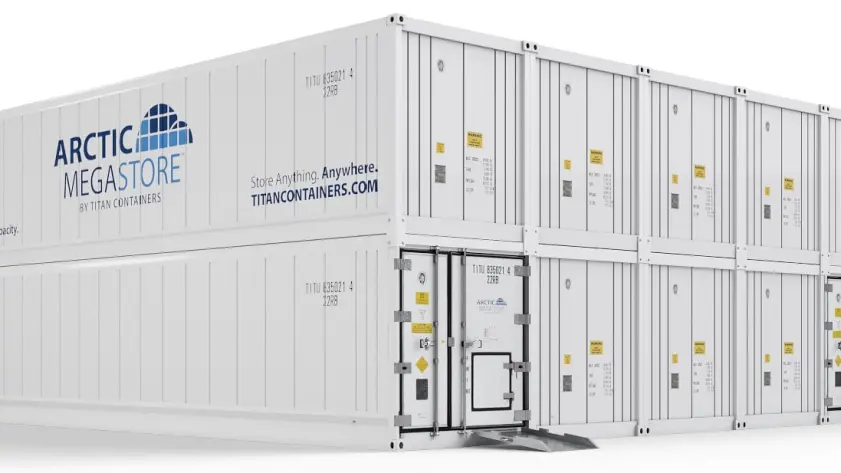
Revolutionary two-storey design, modular flexibility, and huge storage capacity – the Arctic MegaStore redefines cold storage efficiency.

Cold chain failures cost industries billions each year but the true damage goes far beyond product loss. From reputational harm to regulatory penalties, even a single temperature excursion can trigger financial, operational and brand crises.
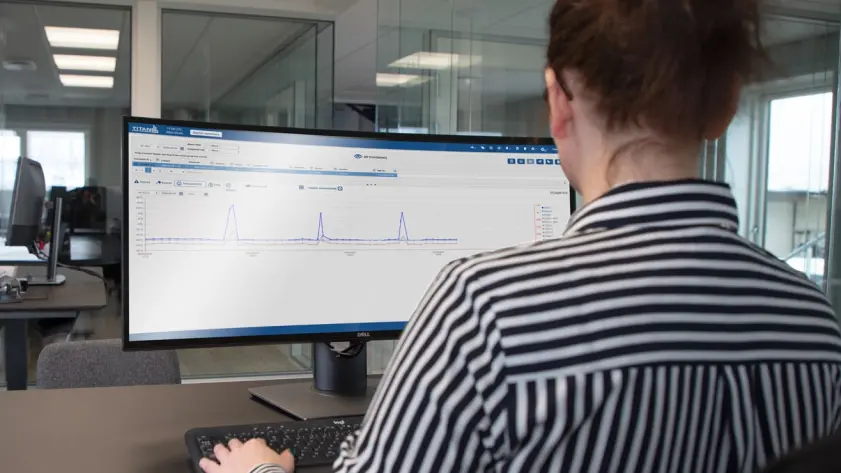
In cold chain logistics, visibility isn’t optional, it’s essential. Real-time monitoring transforms risk into control, giving businesses the data they need to protect product quality, meet compliance standards, and strengthen customer trust.

